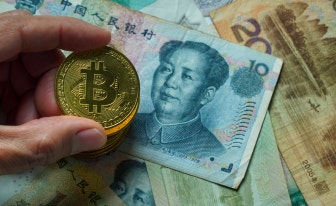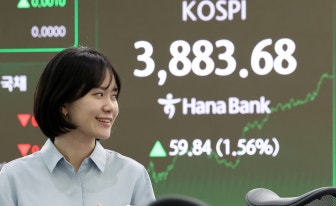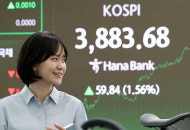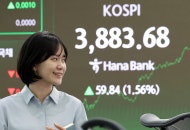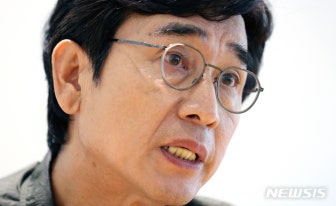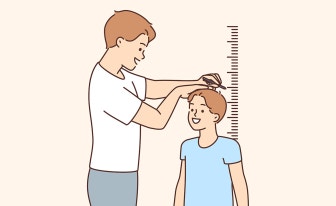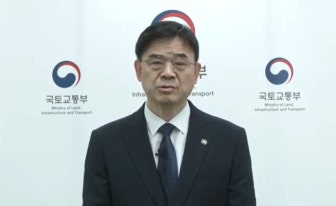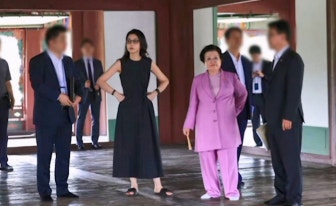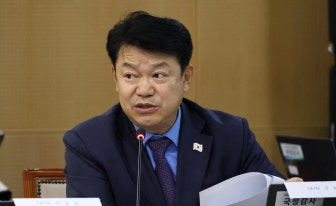| A sign in front of a bank in Seoul reads, "personal loan." (Yonhap) |
South Koreans in their 20s have a higher rate of overdue loans, both for household and credit borrowing, than any other age group, according to bank data released Friday.
According to data from the country’s five major banks — KB Kookmin, Shinhan, Hana, Woori and NH NongHyup — the age group had a household loan delinquency rate of 0.41 percent.
The household loan delinquency rate refers to the share of personal loans overdue by more than one month. Those in their 50s followed at 0.37 percent, trailed by people in their 40s (0.35 percent), 60s and older (0.32 percent) and 30s (0.23 percent).
As of the end of June, total household loans held by people in their 20s amounted to 34.5 trillion won ($23 billion). Although this aggregate figure is the lowest among all age groups, the level of loan delinquency is both the most severe and growing, rising 0.02 percentage point from the same period last year.
Seperately, industry data on credit loans shows an even higher delinquency rate among borrowers in their 20s, at 0.80 percent, far exceeding other age brackets: 0.37 percent for those in their 30s to 50s and 0.62 percent for those 60 and older.
“With rising living costs and steep deposits for monthly or jeonse (long-term) rentals, young people have increasingly turned to credit and mortgage loans, pushing up both borrowing and delinquency levels,” a commercial bank official told Yonhap News.
The trend extends to more precarious forms of debt. According to the Korea Inclusive Finance Agency, about 10 percent of low-credit borrowers in their 20s and 30s had resorted to illegal private lenders as of June 2024 — up 2.5 percentage points from 2022.
Separately, data from the Financial Supervisory Service, released by Democratic Party Rep. Lee Kang-il, showed that the number of at-risk borrowers in their 20s surged 25.3 percent to 65,887 as of July 2024, compared to 52,580 at the end of 2021.
By contrast, the total number of at-risk borrowers across all age groups rose just 8 percent during the same period.
Meanwhile, President Lee Jae Myung announced a delinquent debt relief program on June 19 as part of the government's second supplementary budget. It targets individuals with debts of up to 50 million won that have been delinquent for over seven years.

